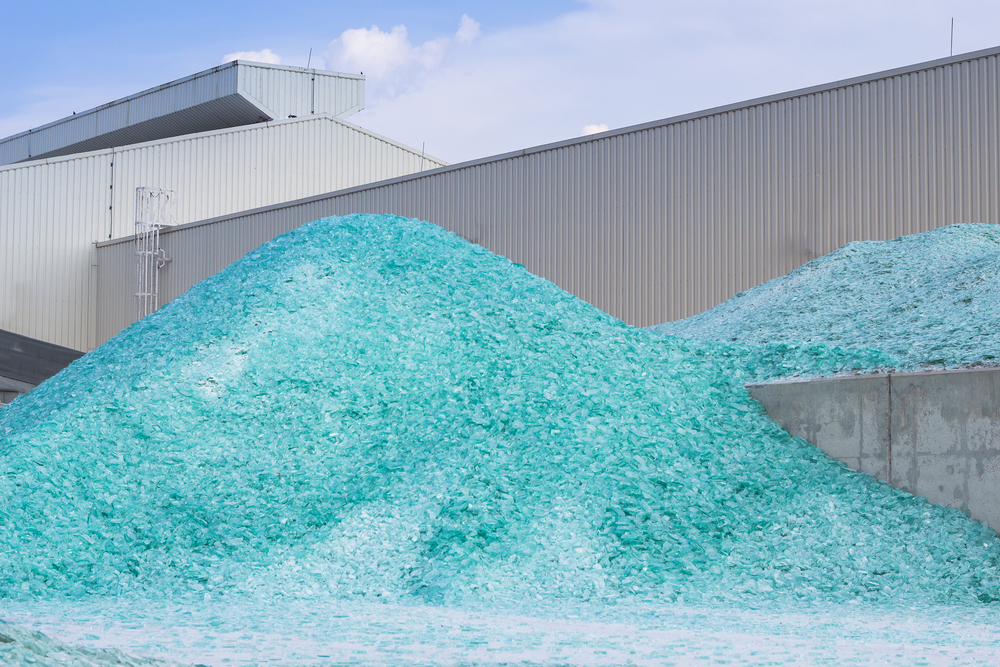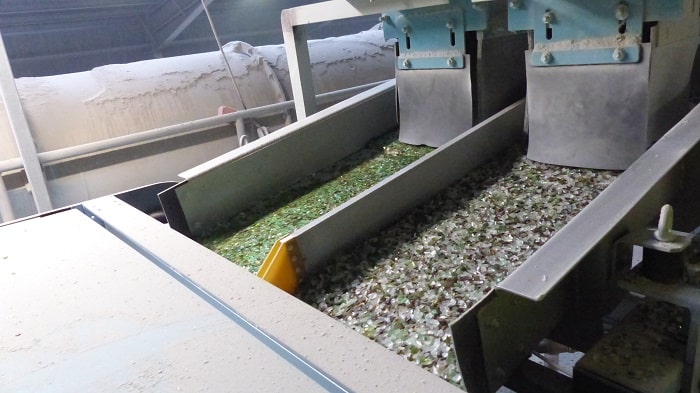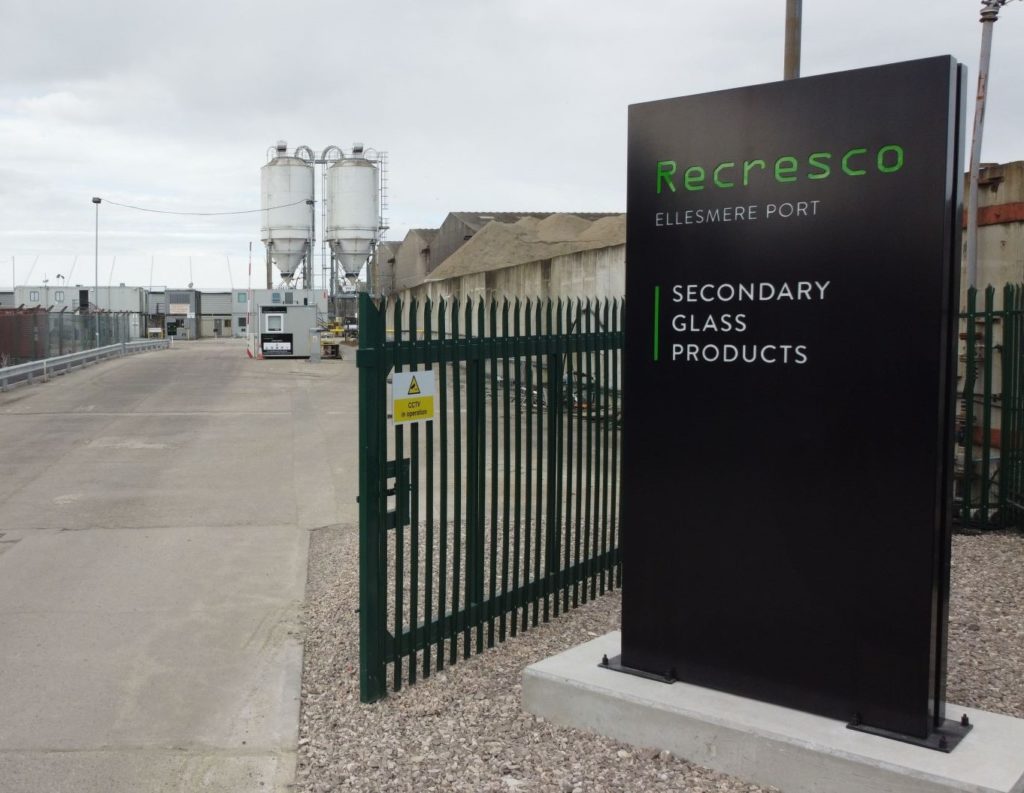Each year in the UK, 100 million fluorescent light tubes are scrapped, leading to 20,000 tonnes of waste mercury and lead contaminated glass going to landfill. Additionally, 110-120,000 tonnes of lead and barium oxide glass from cathode ray tubes (CRTs), found in TVs and computer monitors, ends up as waste each year.
Three studies presented at the Industry Council for Electrical Equipment Recycling (ICER) conference on Friday found that the glass from fluorescent light tubes could be used in the remanufacture of new tubes, but CRT glass only has a limited potential for “closed loop recycling”.
Under the European Waste Electrical and Electronic Equipment (WEEE) Directive, due to be implemented by August 2004, both of these sources of glass will need to be diverted from landfill.
Central to the problem faced in recycling these items is that the lead, mercury and barium oxide in the glass is difficult to remove and pose health concerns.
Fluorescent light tubes
A three-week trial funded by WRAP and involving Mercury Recycling, British Glass and fluorescent tube manufacturer SLI Glass, found that using lamp glass cullet in closed loop production meant no loss of quality in the new tubes.
The study found that the mercury could be removed to below detection level and the lead was only in the cullet at 0.4% which was largely retained in the melt with limited emissions into the air.
Presenting the results of the trial, Andy Dawe, materials sector manager for glass at WRAP, said there were significant benefits for SLI Glass in using the recycled cullet.
He said: “Using recycled cullet enhances their 'green' credentials, but also means they will be ahead of the game as far as producer responsibility is concerned. The WEEE Directive requires 80% of gas discharge lamps to be recycled by 2006. There is a significant challenge that the industry faces in order to meet the Directive.”
Cathode Ray Tubes
Two studies carried out for ICER have looked at recycling glass from CRTs, which contains both contain both lead and barium oxide.
Clare Snow, director of ICER said the problem in the UK is that replaced CRTs are not always discarded immediately by householders. “At some point they are going to come out, but the question is when. It could be five to ten years,” commented Ms Snow. “As far as Europe goes, the UK is one of the biggest consumers of TVs.”
The first study, undertaken for the DTI, found that by smelting the glass, 50% of the lead could be separated. However, Ms Snow said: “The lead is present as metallic spheres suspended in the molten glass. They don't all drop nicely to the bottom, it persistently stayed in the glass.”
The study also tried to remove the lead oxide using electrolysis, but found that this was less practical and more expensive than smelting.
For the second study, funded by WRAP and due to be completed next year, ICER is investigating the possible markets for CRT glass. The interim results have suggested that only a limited amount of the glass could be reused in closed loop CRT manufacture as it produces poorer quality screens. Ms Snow said: “They can't use 100% recycled glass in CRTs. They have to have at least 20% virgin material and at the most 55% from recycled frontal glass.”
Other potential markets and products explored by the initial research include glass tiles, bricks, pavers, cladding tiles, ceramics and waste encapsulation. However, most of these markets were limited in size and although the CRT glass meant lower energy requirements for production, the presence of lead in the glass made it undesirable as it presented a possible health hazard, the study has found so far.
- For a full copy of the study on fluorescent glass, click here.
- For more information on the CRT studies, click here.








Subscribe for free